Can EYE yoga really help you stop wearing glasses? Beatles star Paul McCartney claims it worked for him… so we asked the experts
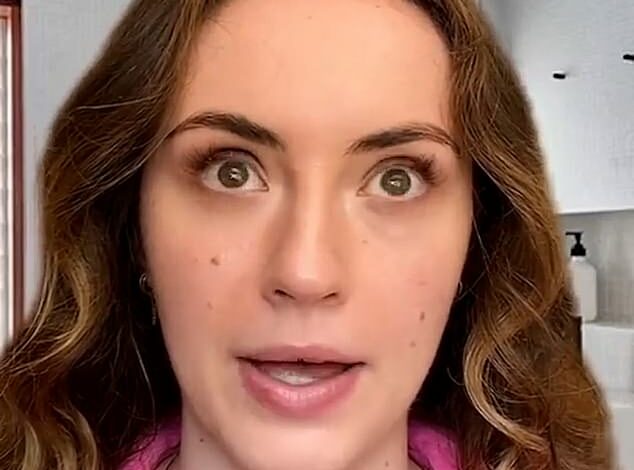
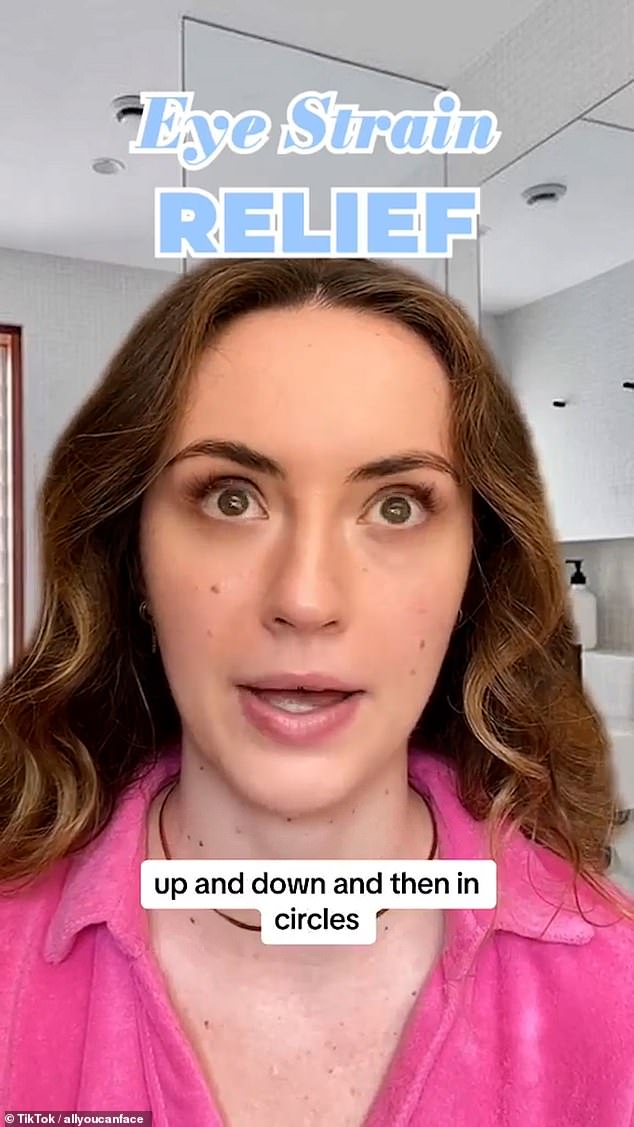
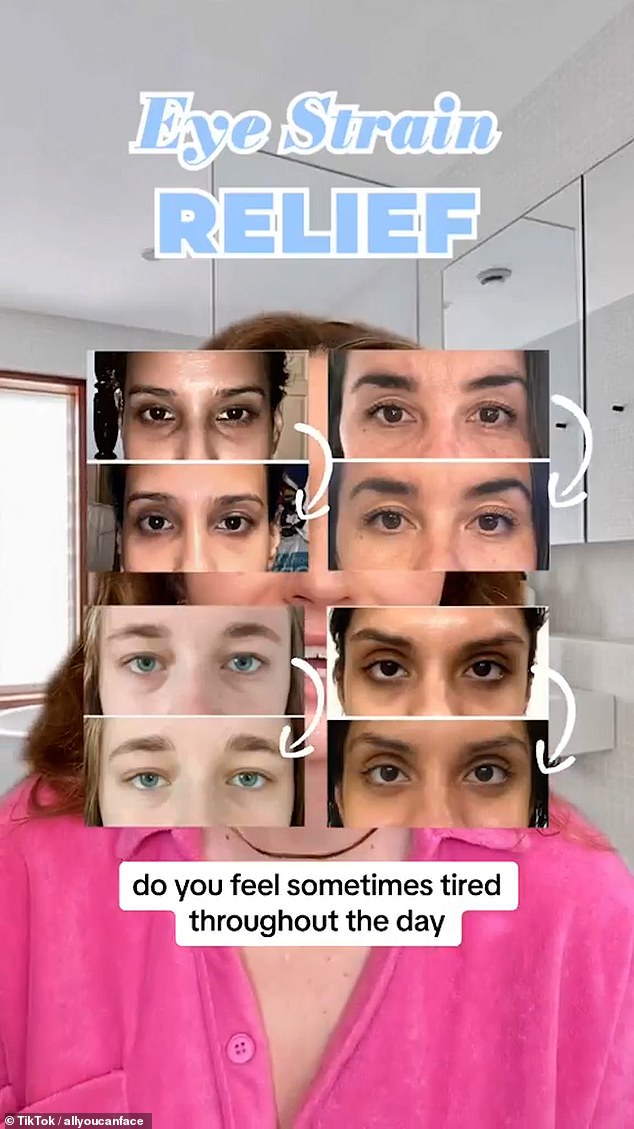

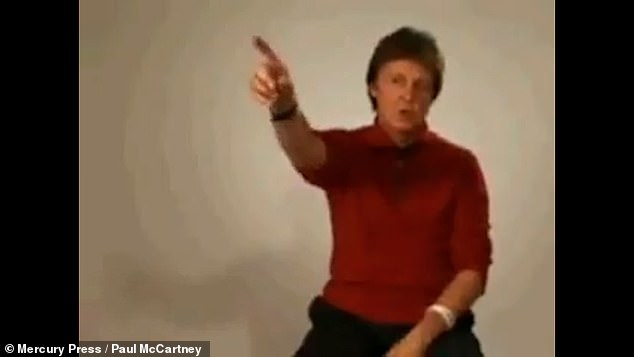
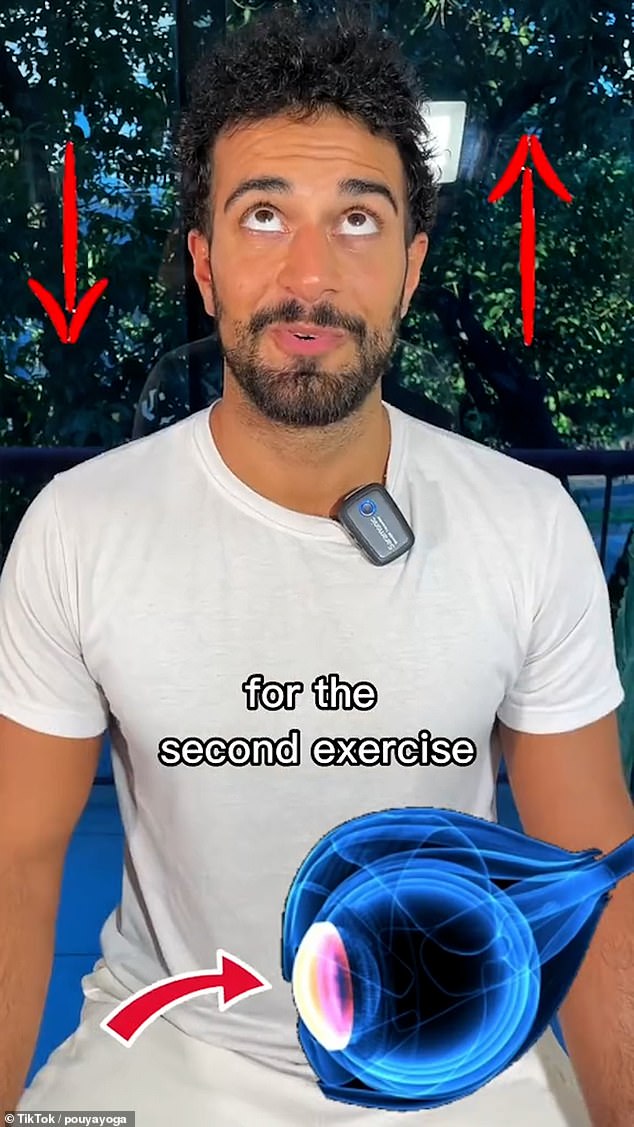

Sitting glued to a screen for hours on end can leave you with sore, twitching eyes and blurred vision.
But a quick “eye yoga” session could help reduce eye strain, according to Beatles star Sir Paul McCartney and legions of new fans on TikTok.
The exercises, which Sir Paul, 82, has long claimed have improved his vision, aim to strengthen the eye muscles.
Online routines suggest that rotating your eyes and moving them from side to side can ‘wake up’ your ‘tired’ eye muscles and improve your vision.
But opticians are not convinced that these strange-looking workouts will help and warn that there is no scientific evidence for them.

TikTok account dedicated to ‘face yoga’ @allyoucanface, which has over a million followers, claims eye yoga can ‘wake up’ our ‘tired and tired’ eye muscles

@allyoucanface claims that we “barely use our eyes to their full potential” when we stare at a screen, which can “impede blood circulation” making us look less awake and refreshed.
Sir Paul can be seen demonstrating his eye yoga routine in a video recently shared on TikTok by social media user @oobujoobu, who has 21.3k followers.
The pop legend learned eye yoga during a trip to India in the late 2000s and says the practice has helped him no longer need to wear glasses.
The idea is that we have muscles in the eyes, just like everywhere else, and we don’t use them well enough.
“We sit all day in front of the computer, watching TV or reading books, so you’re really only using one set of muscles,” he said in the video.
In the eye yoga exercises you look up, to the middle and back down for three sets. Hold the pose for three seconds and then do the same, but now look from left to right. Keep your head straight.
He then explains that you should first look diagonally, before looking at your nose three times and rolling your eyes.

Paul McCartney is seen demonstrating his eye yoga routine in a video shared on TikTok by social media user @oobujoobu, who has 21.3k followers

The star claims that he learned how to do eye exercises during a trip to India in the late 2000s and that if you repeat them regularly, “it would be very good for your eyes.”
Sir Paul goes on to say that he was instructed to look at something in the distance, such as a tree, for three seconds before looking at the lines on his hand and repeating this.
And he’s not the only one praising the technique. For example, social media users are sharing how various eye exercises can help relieve tension.
The TikTok account dedicated to “face yoga” @allyoucanface, which has over a million followers, claims that eye yoga can “wake up” our “tired and tired” eye muscles.
In a video, the social media user advises people to focus on their index finger as they bring it closer to their nose and away from it to “improve their vision.”
She also encourages people to move their eyes left to right, up and down, and in circles, just like Paul McCartney.

Social media user @pouyayoga, who has two million followers on TikTok, suggests that doing these simple eye exercises will keep your eyes ‘healthy’

In the video, he suggests that if you perform the movements every few hours, they will provide “a major relief from the feeling in your eyes” if you’ve been staring at a screen all the time.
@allyoucanface claims that we “barely use our eyes to their full potential” when we stare at a screen, which can “impede blood circulation,” making us look less awake and refreshed.
Another video, posted by social media user @pouyayoga, who has two million followers on TikTok, suggests that these simple eye exercises can keep your eyes “healthy.”
He also recommends eye training that involves looking from left to right, making circular movements and blinking.
In the video, he claims that if you perform the movements every few hours, it will be “a huge relief for your eyes” if you’ve been staring at a screen all the time.
‘Eye yoga can help relieve tired eyes, especially for people who spend a lot of time in front of a digital screen,’ Tina Patel, contact lens optician at Feel Good Contacts, told MailOnline.
She added: ‘However, there is no scientific evidence that eye yoga can help treat glaucoma, dry eyes or cataracts.’
For people who suffer from digital eye strain, eye yoga is an easy and quick way to relieve tired or strained eyes, she explains.
But cautions: “Remember to remove your glasses or contact lenses before doing eye yoga.”
Researchers have investigated whether these types of exercises actually improve your eye health. However, no evidence has been found that these exercises improve your vision or slow the progression of conditions such as glaucoma, which damages the optic nerve.
A 2012 study who evaluated the effectiveness of these exercises found that there was little to no objective improvement in people with astigmatism and refractive errors.
Another 2018 study published in the International Journal of Yoga suggested that eye yoga could help lower intraocular pressure in the eye.
This could possibly slow the progression of glaucoma, but no studies have yet been done to prove this theory.
However, there are indications that the technique can alleviate the symptoms of tired eyes.
A 2016 study of 60 nursing students who followed eye yoga for eight weeks noticed that the eye exercises stimulated and strengthened the muscles, that they remained better focused as a result and that their stress levels decreased.
Giles Edmonds, clinical services director at Specsavers, said: ‘There are a number of eye exercises that can help to reduce eye strain, but we advise people to be cautious with eye yoga as there is currently no scientific evidence that it improves your vision.
‘Eye yoga will not improve your eyesight, nor will it help treat or cure any eye conditions.’
Instead of ‘eye yoga’, an optician recommends applying the 20:20:20 rule if you suffer from tired eyes due to screens.
This technique is recommended for all screen users. It simply means that every 20 minutes you should take a small break to focus your eyes on something 20 feet away for at least 20 seconds.
According to experts, this helps relax the muscles in your eyes and reduces the chance of digital eye strain.




